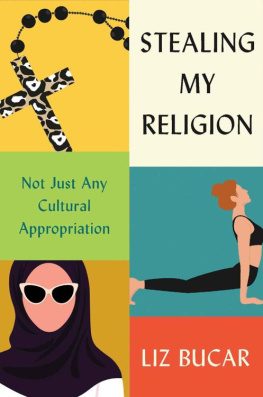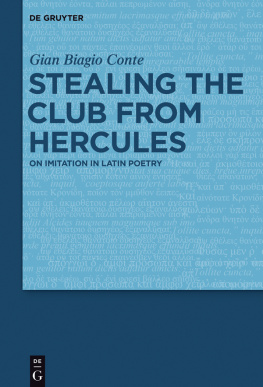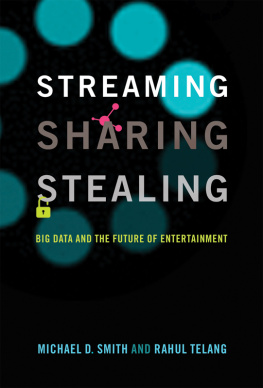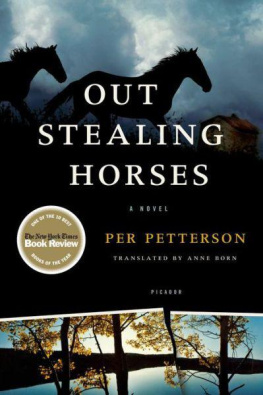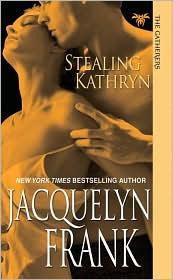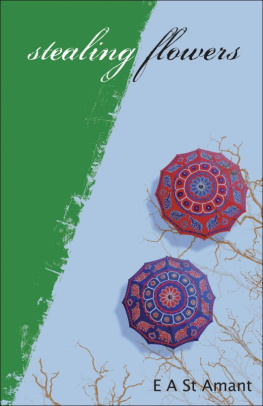Liz Bucar - Stealing My Religion
Here you can read online Liz Bucar - Stealing My Religion full text of the book (entire story) in english for free. Download pdf and epub, get meaning, cover and reviews about this ebook. year: 2022, publisher: Harvard University Press, genre: Religion. Description of the work, (preface) as well as reviews are available. Best literature library LitArk.com created for fans of good reading and offers a wide selection of genres:
Romance novel
Science fiction
Adventure
Detective
Science
History
Home and family
Prose
Art
Politics
Computer
Non-fiction
Religion
Business
Children
Humor
Choose a favorite category and find really read worthwhile books. Enjoy immersion in the world of imagination, feel the emotions of the characters or learn something new for yourself, make an fascinating discovery.
Stealing My Religion: summary, description and annotation
We offer to read an annotation, description, summary or preface (depends on what the author of the book "Stealing My Religion" wrote himself). If you haven't found the necessary information about the book — write in the comments, we will try to find it.
Stealing My Religion — read online for free the complete book (whole text) full work
Below is the text of the book, divided by pages. System saving the place of the last page read, allows you to conveniently read the book "Stealing My Religion" online for free, without having to search again every time where you left off. Put a bookmark, and you can go to the page where you finished reading at any time.
Font size:
Interval:
Bookmark:
Stealing My Religion
NOT JUST ANY CULTURAL APPROPRIATION
Liz Bucar
Harvard University Press
Cambridge, Massachusetts
London, England2022
Copyright 2022 by the President and Fellows of Harvard College
All rights reserved
Jacket design by Jaya Miceli
9780674287266 (epub)
9780674279995 (pdf)
9780674987036 (cloth)
The Library of Congress has cataloged the printed edition as follows:
Names: Bucar, Elizabeth M., author.
Title: Stealing my religion : not just any cultural appropriation / Liz Bucar.
Description: Cambridge, Massachusetts : Harvard University Press, 2022. | Includes bibliographical references and index.
Subjects: LCSH: Religion and culture. | Cultural appropriationMoral and ethical aspects. | Religion and sociology.
Classification: LCC BL65.C8 B83 2022 | DDC 306.6dc23/eng20220314
LC record available at https://lccn.loc.gov/2021062973
Identifiers: LCCN 2021062973
Sharmila Sen, my editor at Harvard University Press, convinced me to write this book. It was June 2017 and I had just returned from my fourth time walking the Camino de Santiago. We were having a working lunch at a hipster cantina. Over a plate of flan that I refused to eat because, after a month in Spain, I was sick of desserts that jiggle, we discussed my next project. I threw out a few ideas and then said what I had to do first was write an article about cultural appropriation because my students had started to use it to shut down complicated ethical conversations. They dont know what the term even means, I complained. And they never consider that forms of religious borrowing might be harmful in the same way. Im so annoyed about it. I have to get that out of my system first.
Sharmila looked up from her smoky mezcal concoction. Wait, that is the book I want, she said. What? No, its not a book, its just a journal article, I said. It could be a book, she insisted. And then, just for fun and fueled by cocktails and jetlag, we sketched out what case studies I could include. Since I had just returned from a Catholic pilgrimage with non-Catholic students, that case study was a given. And I knew I had things to say about what happens when religious clothing becomes a fashion trend, things I hadnt had the space to address in my previous book, Pious Fashion. I suggested circumcision because I knew it made my students uncomfortable. And the whole point of this kind of book was going to be to make people squirm in their seats.
No, yoga, she said. Wait, yoga? I replied, and then I was taking her more seriously. Part of my job while researching and writing this book was going to be leaning in on yoga? Id have an excuse to do all the icky things, like spend time in an ashram, attend yoga retreats, or join a fancy studio. And then use those experiences to parse out what was so icky in the first place, as well as why I still wanted to do them. Elizabeth Gilberts Eat, Pray, Love, but without all the sex and self-satisfaction. I was in.
The topic of this bookreligious appropriationis personal to me. I am, you could say, a repeat offender. Despite spending most of my professional career studying religion, I am part of the 29 percent of Americans who identify as religiously unaffiliated. Yet I practice yoga. I lead an annual study abroad program on the topic of pilgrimage. I write about Muslim fashion and have worn it during fieldwork. The question of when religious borrowing is morally harmful and when it is not touches my personal and professional life.
This book is an opportunity to reflect on the benefits I gain from the religion of others as well as my responsibility to those traditions and communities. And Sharmila was right: that deserved more than a journal article.
When I was eleven years old, Madonna became my style icon. I tied mesh headbands in my permed hair, turned hot pink V-necked Forenza chunky sweaters backward, layered black rubber bracelets up to my elbows, and wore white fingerless lace gloves. All accessorized with a gold cross necklace and cross earrings.
Like Madonna, I was baptized Catholic, although I was raised Protestant. By age eleven, I refused to attend Sunday school, and yet even as I was rebelling against my religious upbringing, my personal style became visually more religious. I did not wear a cross in the 1980s as a Christian. I wore it as a tween following a pop-culture trend.
The story of the crosss journey from religious symbol to popular fashion accessory is filled with twists and turns. It begins when Coco Chanel designed her now iconic enameled cuffs in the 1930s. Based on a design adopted by the Order of St. John in 1567, Chanels accessory featured eight-pointed Maltese crosses of large gems. Other designers incorporated cross motifs. By the 1960s, oversize and bedazzled crosses were mainstream fashion, decadent accessories that elevated the wearers sartorial game as a sign of her worldliness.
In the 1970s, evangelicals began to reclaim cross pendants as a sign of deep Christian commitments, and the accessory meant something theological again. Once that happened, cross jewelry was no longer cool as a form of borrowed spirituality. If I had been a tween in that decade, I would not have worn a cross.
Madonna changed that. When she wore a large cross in the 1989 MTV video Like a Prayer, she was not communicating religious fidelity or obedience, but rather blasphemy and rebellion. I know the moral majority is up in arms against me, but I consider that an achievement, Madonna said at the time. She was able to change the mainstream meaning of cross jewelry in America again. In the late 1980s and early 1990s, it was no longer primarily associated with devotional piety or institutionalized Christianity because Madonna had turned the religious symbol into a provocation.
My decision as an eleven-year-old child to wear a cross did nothing to keep me in the Protestant church or reclaim my Catholic roots. It was all about being cool. This was the first time I stole my religion. It would not be the last. And I am not alone.
This book focuses on a class of religious borrowings I call religious appropriation: when individuals adopt religious practices without committing to religious doctrines, ethical values, systems of authority, or institutions, in ways that exacerbate existing systems of structural injustice. My use of the term appropriation is strategic. For most of my readers, the word will immediately invoke the idea of outsiders taking something from insidersa distinction Ill say more about laterthat causes harm. I want you to be primed to think of religious borrowings as potentially ethically fraught. The harmful ones Ill call religious appropriation.
In the American context, suggesting that there are cases of religious appropriation is controversial. Even as moral outrage over racial or ethnic appropriation is increasingly common, religious borrowing is accepted and even encouraged. In fact, the same people who are quick to call out cases of cultural borrowing as exploiting marginalized communities refuse to recognize that religious communities or practitioners can also be exploited when others adopt their practices in the name of politics, education, or well-being. This is especially true of secular liberalsa group I consider myself part ofwho are suspicious of organized religion and think personal curation of religious practice severed from religious institutions, hierarchies, and doctrines is the only way to be religiously engaged and still free. But individuals who are themselves religiously affiliated also presume they can borrow the religious practices of others without becoming entangled in that religious tradition or community.
The goal of Stealing My Religion
Next pageFont size:
Interval:
Bookmark:
Similar books «Stealing My Religion»
Look at similar books to Stealing My Religion. We have selected literature similar in name and meaning in the hope of providing readers with more options to find new, interesting, not yet read works.
Discussion, reviews of the book Stealing My Religion and just readers' own opinions. Leave your comments, write what you think about the work, its meaning or the main characters. Specify what exactly you liked and what you didn't like, and why you think so.

